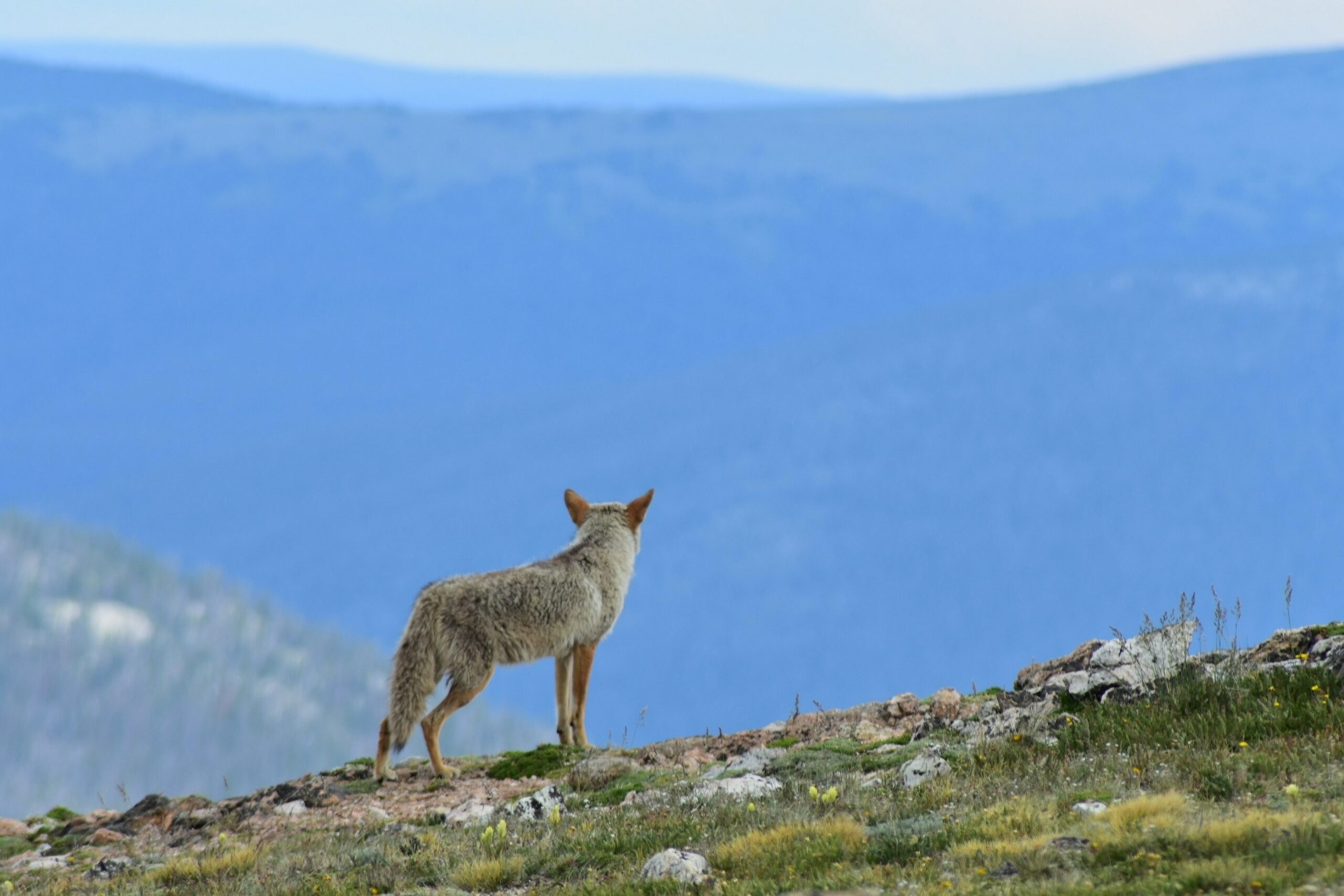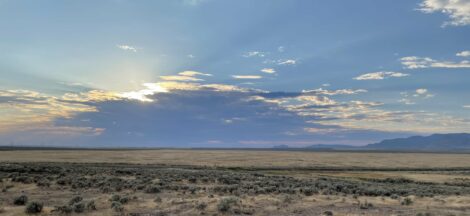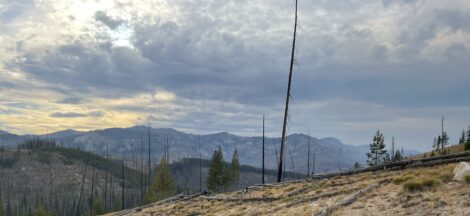The Effect of Coyote Predation on Deer Hunting Prospects
As deer hunters, we often focus on our quarry and the tactics we need to employ for a successful harvest. However, one element that can significantly impact our hunting success is the presence of other predators, particularly coyotes. In recent years, the coyote population has expanded across the United States, leading to increased interactions with deer herds and, as a result, affecting deer hunting prospects. In this article, we will explore the role of coyote predation in deer hunting and offer insights and tips for navigating this complex dynamic.
1. Understanding Coyote Predation on Deer
Coyotes are opportunistic predators, meaning they will consume whatever prey is most readily available. In areas with high deer populations, coyotes may target deer as a primary food source. Coyote predation on deer can take many forms, including targeting fawns during the spring and early summer, as well as pursuing vulnerable adult deer during the winter months when food is scarce and deer are weakened.
It is essential to recognize that coyote predation is a natural part of the ecosystem, and the impact on deer populations can be both positive and negative. In some cases, coyotes may help control deer populations, preventing overpopulation and overgrazing. However, in other areas, high levels of coyote predation can lead to reduced deer populations, making it more challenging for hunters to find and harvest deer.
2. Recognizing the Signs of Coyote Predation
To assess the effect of coyote predation on deer hunting prospects in your area, it is essential to recognize the signs of coyote activity. These can include tracks, scat, vocalizations, and the remains of deer killed by coyotes. By familiarizing yourself with these signs, you can better understand the predator-prey dynamics in your hunting area and adjust your hunting strategies accordingly.
3. Adapting Your Hunting Strategies
While you may not be able to control coyote predation on deer, you can adapt your hunting strategies to account for their presence. Here are some tips for navigating coyote-infested deer hunting grounds:
A. Focus on Food Sources
Both deer and coyotes rely on food sources to survive. By identifying and focusing your hunting efforts around prime food sources, you can increase your chances of encountering deer seeking refuge from predators. Additionally, you may find coyotes actively hunting in these areas, providing you with the opportunity to harvest a predator as well.
B. Hunt During the Rut
During the rut, bucks are less cautious and more focused on finding does, making them less likely to be deterred by the presence of coyotes. This period can be an excellent time for hunters to capitalize on deer movement, even in areas with high coyote predation.
C. Use Coyote Vocalizations to Your Advantage
If you hear coyote vocalizations while hunting, it may be worth investigating the area, as this could indicate that coyotes are actively hunting or have recently killed a deer. Be cautious, as approaching a fresh coyote kill can be dangerous. However, if you find a fresh kill, it can provide valuable information about deer movement and coyote predation patterns in the area.
4. Predator Management and Deer Hunting Success
In some cases, predator management may be necessary to improve deer hunting prospects. Landowners and wildlife managers can implement various tactics to reduce the impact of coyotes on local deer populations. These may include:
A. Habitat Improvement
Improving habitat for deer can help provide them with better cover and escape routes from predators. This can involve planting food plots, creating thickets, and maintaining a mix of mature and young forests. By providing deer with suitable habitat, you can help mitigate the effects of coyote predation on deer populations.
B. Coyote Population Control
While not always necessary, in some cases, controlling coyote populations through trapping or hunting may be beneficial for improving deer hunting prospects. Before implementing any population control measures, it is essential to work with local wildlife biologists and follow all applicable laws and regulations.
C. Monitoring and Data Collection
Continually monitoring deer and coyote populations can provide valuable information on the predator-prey relationship in your area. By collecting data on deer herd health, fawn recruitment, and coyote numbers, you can make informed decisions about the need for predator management and adjust your hunting strategies accordingly.
5. The Importance of a Balanced Ecosystem
While coyote predation can indeed impact deer hunting prospects, it is essential to recognize that predators play a vital role in maintaining a balanced ecosystem. By understanding the complexities of the predator-prey relationship and adapting your hunting strategies to account for coyote presence, you can still find success in the field.
In conclusion, the effect of coyote predation on deer hunting prospects is a multifaceted issue that requires a comprehensive understanding of local predator-prey dynamics. By recognizing the signs of coyote predation, adapting your hunting strategies, and considering predator management options when necessary, you can navigate this complex landscape and enjoy a rewarding deer hunting experience.





 Deer Habitat: How It Shapes Your Hunting Approach
Deer Habitat: How It Shapes Your Hunting Approach